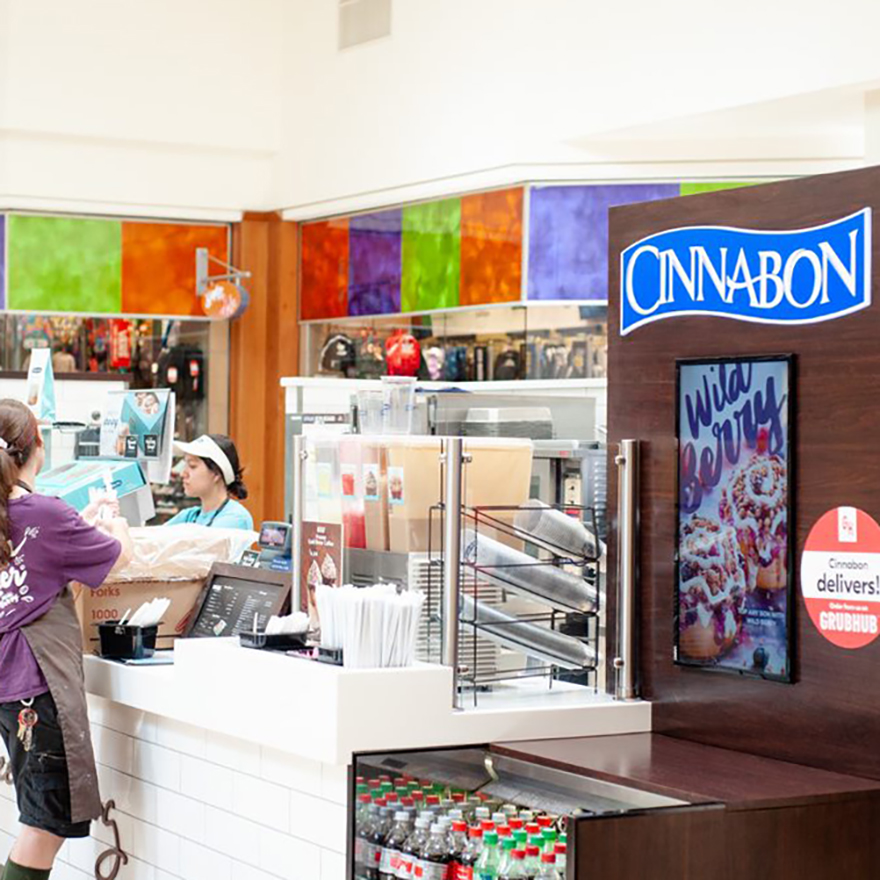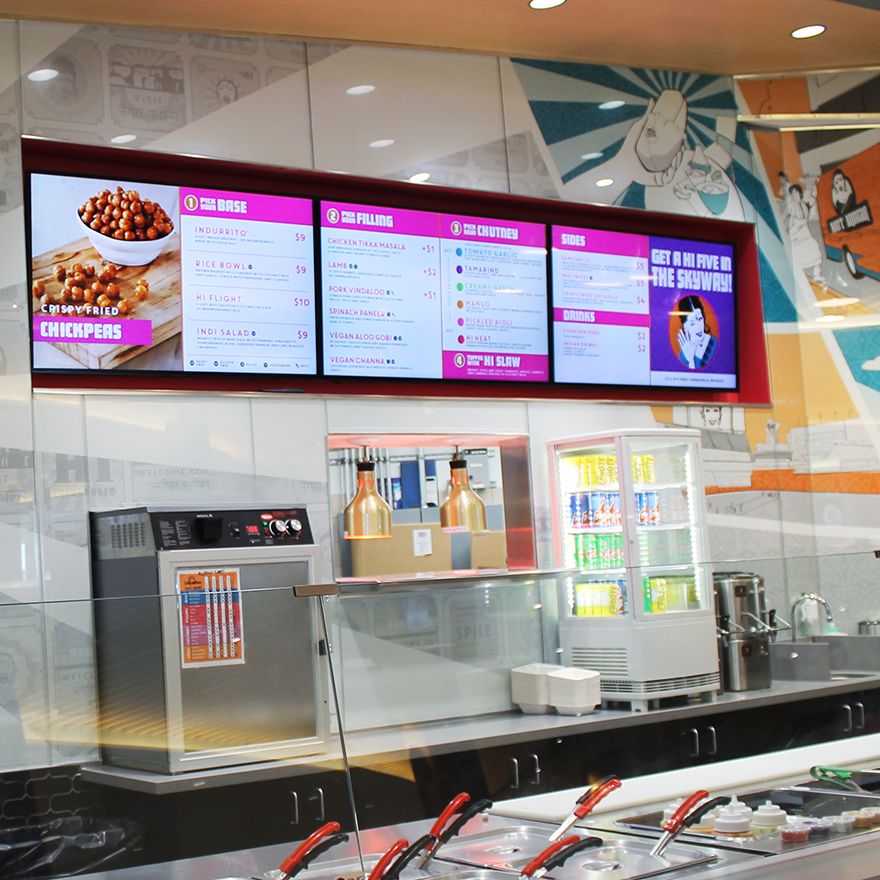3 Simple Ways to Minimize Food Waste with Digital Menu Technology

Did you know that 4-10% of food purchased by a restaurant is discarded before ever reaching a guest?
Each day, millions of pounds of food are thrown away by restaurants — much of it before it has even been touched by a customer. There’s no disputing that wasted product eats away at the profitability of any food service establishment. Not to mention the fact that consumers are now taking a more active role in reducing their own waste and supporting like-minded businesses who are doing the same.
Thankfully, in the world of quick-serve and fast-casual restaurants, there are three main ways that digital menu technology can be applied to help in the quest to minimize product waste. Here are our top three tips on how to minimize waste at a restaurant with digital menu technology.
1. Promote Expiring Food with Limited-time Offers
Did your team overproduce a menu item? Are there cases of products in your cooler that are nearing their expiration date? In either situation, time is not on your side. A limited-time offer (LTO) is exactly what’s needed to encourage sales and reduce the odds you’ll soon be tossing untouched product into the dumpster. It’s a simple but effective strategy when determining how to reduce restaurant waste.
WAND’s digital menu technology makes it quick and simple to feature any product prominently on the menu board so it’s easily noticed by customers. LTOs on the menu board can range in execution:
- Eye-catching product menus
- Videos of featured products
- Takeovers that showcase featured products across the entire menu board for several seconds before returning to their original menu listing
LTOs not only increase customer awareness of the featured product but also the likelihood of purchase, resulting in less product waste. It’s just one-way digital menu boards play an important role in influencing purchase decisions in-store.
2. Push Impulse Purchases by Time of Day
The digital menu technology takes LTOs one step further by allowing you to schedule them by daypart. Whether it’s breakfast, lunch, or dinner, this functionality makes it easier for you to feature products during stagnate sales times.
Scheduled promotions provide opportunities for increasing ticket size, increasing menu awareness, and most pertinently — reducing product waste. If you’re typically pouring out gallons of untouched soup at the end of the day, a scheduled dinner-time promotion for “soup on the side” might be just enough to increase end-of-day purchases and reduce excess product waste.
3. Get Local with Digital Menu Technology
Product sales vary by location, so what sold out in Store A may be on the verge of expiration in Store B. Although many owners utilize global management of multiple restaurants’ menus through WAND’s Digital Menu Technology Platform, in some instances, local menu customization is key for reducing product waste.
For Texas Dairy Queen and its 600+ restaurants, brand consistency between stores is a top priority. But when some locations closed in December with a surplus of candy cane products — leftover from the “Candy Cane Chill” Blizzard of the Month — those locations continued featuring the Blizzard on their digital menu boards into January. This simple, no-added-cost effort reduced product waste that’s typically chalked up to seasonality.
Related Reading

Do More with Digital Displays
Scale your business, grow your brand, and delight more customers with the magic of digital menus and signs.


